After months of negotiations and with a looming end-of-year deadline, Microsoft and OpenAI have finally agreed on the wording for their working relationship going forward, clarifying several salient points that had proven difficult for both companies to agree upon until now.
The key points include the fact that Microsoft now owns a 27% stake in OpenAI, valued at $135 billion USD. In addition, Microsoft will retain OpenAI's IP rights through 2032 and will include models released after Artificial General Intelligence (AGI) is developed. Microsoft will also have under-the-hood access to OpenAI models until 2030, or until AGI is developed. OpenAI has also committed to purchasing $250 billion in Azure services, and Microsoft will no longer have a first-refusal right as a service provider.
An offer no one could refuse
Microsoft and OpenAI have been negotiating for months over the key provisions of their existing working agreement and how it would work after OpenAI's restructuring into a for-profit company, under which a non-profit arm would continue to function. The key sticking points were said to be Microsoft's under-the-hood access to OpenAI models, whether and when an artificial general intelligence (AGI) model is developed, and whether OpenAI could use other cloud providers, such as Amazon and Google, to deploy its models rather than just Microsoft's Azure.
There were also details to be hashed out on Microsoft's existing revenue-sharing program, and how much of OpenAI it might control if and when it goes public, suggesting finances were just as much at the heart of these negotiations as anything else. With 30 billion in investment from SoftBank on the line, both companies worked out all the key points, as detailed in Microsoft's blog post.
- If Microsoft or OpenAI develop what they claim is AGI, they will need to have it verified by a third party.
- Microsoft will retain rights over OpenAI models through 2032, including models that are developed post-AGI.
- If Microsoft develops AGI first, it will have "compute thresholds," which sounds like it must be deliberately throttled, though it's not entirely clear.
- Microsoft will retain under-the-hood access to OpenAI models through 2030, or until AGI is developed, whichever comes first.
- Microsoft will not have any rights over OpenAI hardware API devices, and OpenAI can develop these devices with third-parties, but they must use Microsoft Azure.
- Microsoft will keep a 20% revenue share arrangement until AGI is developed, but payments may be made "over a longer period of time."
- OpenAI will purchase $250 billion of Azure services over time.
- OpenAI can give API access to government national security customers.
- Microsoft now holds a 27% stake in OpenAI, valued at $135 billion.
All the money as soon as possible
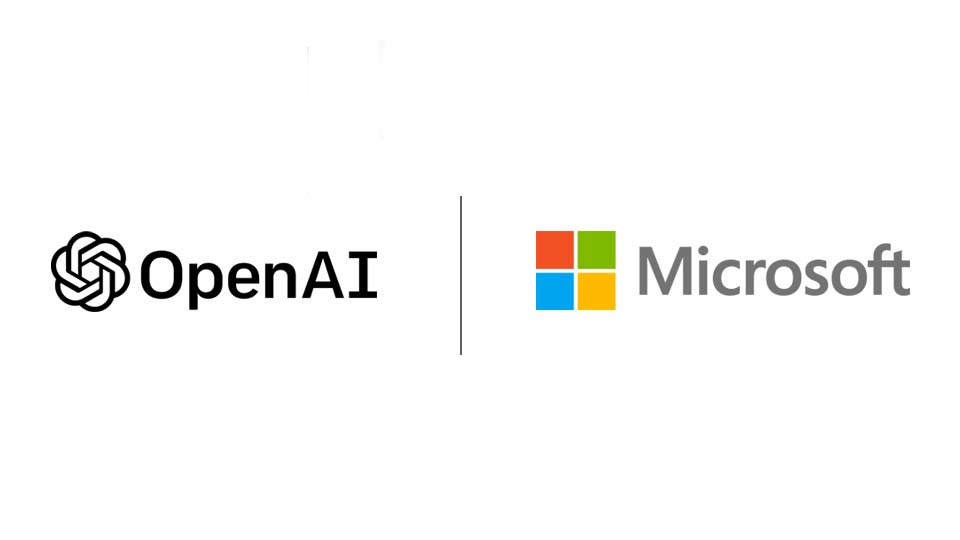
This deal was officially struck this week, and OpenAI has already converted itself into a for-profit company, completing its long-planned restructuring. Under the new scheme, the non-profit branch owns 26% of the for-profit company and will control its research direction.
This restructuring has the immediate benefit of opening up the Softbank investment deal, worth a total of $30 billion of direct investment. That's just the start, though. OpenAI is now cleared to make many other deals with cloud providers, develop devices with Broadcom, and whoever else it likes, and crucially, push forward with its plans for an IPO.
With OpenAI very loosely valued at over $500 billion, there's the potential for it to unlock tens or even hundreds of billions of dollars in direct funding for its enormous infrastructure and energy plans.
A springboard for OpenAI
OpenAI CEO Sam Altman spoke after the news broke to announce even more plans for the future. Despite consistent concerns over the AI industry becoming a bubble, and ongoing questions about how OpenAI and its AI contemporaries could fund their existing commitments, Altman is ready for more.
On a livestream on Tuesday, Altman claimed OpenAI was committed to developing 30 gigawatts of computing power to run next-generation AI models, valued at $1.4 trillion. He said this would eventually lead to OpenAI deploying a gigawatt of computing power every week.
This is more than three times the computing capacity he claimed was needed for AI, as announced in the $500 billion Stargate project at the start of the year.
Even beyond his previously grandiose claims, this seems hard to fathom. Some of the biggest data centers in some of the largest nations are currently less than a gigawatt in capacity, and each additional gigawatt could cost as much as $40 billion. Altman said these costs would halve over time, but didn't elaborate as to how.
Ultimately, to support this investment, Altman said OpenAI's revenue would need to grow into the range of hundreds of billions a year. Considering OpenAI is currently on track to earn less than $20 billion in 2025, equating to an enormous loss (Microsoft is also poised to lose close to $5 billion on its OpenAI deals in 2025), Altman's plans seem somewhat unrealistic.
OpenAI is touting the next great innovation as AI researchers, which it claims will be available at an "intern" level in 2026, and as good as a professional-grade research assistant by 2028. AGI comes after, and superintelligence beyond that.
Even with no one able to agree over what counts as AGI or superintelligence, OpenAI has secured enough funding so that it doesn't look likely to collapse any time soon. The spectre of the AI industry bubble still looms, and until someone can prove how to make any of it profitable, Altman's words remain built on promises.

Follow Tom's Hardware on Google News, or add us as a preferred source, to get our latest news, analysis, & reviews in your feeds.

 1 month ago
162
1 month ago
162
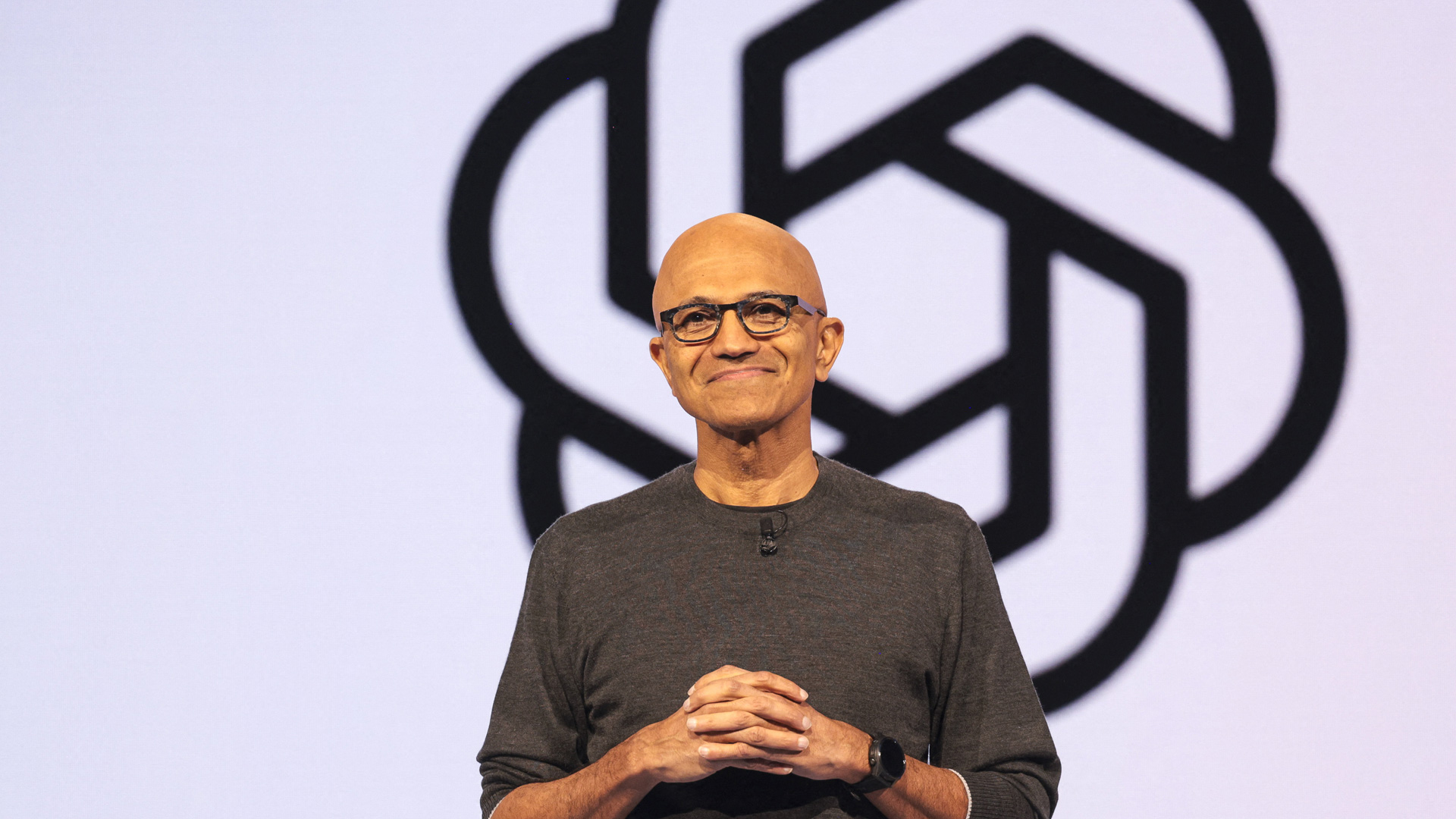

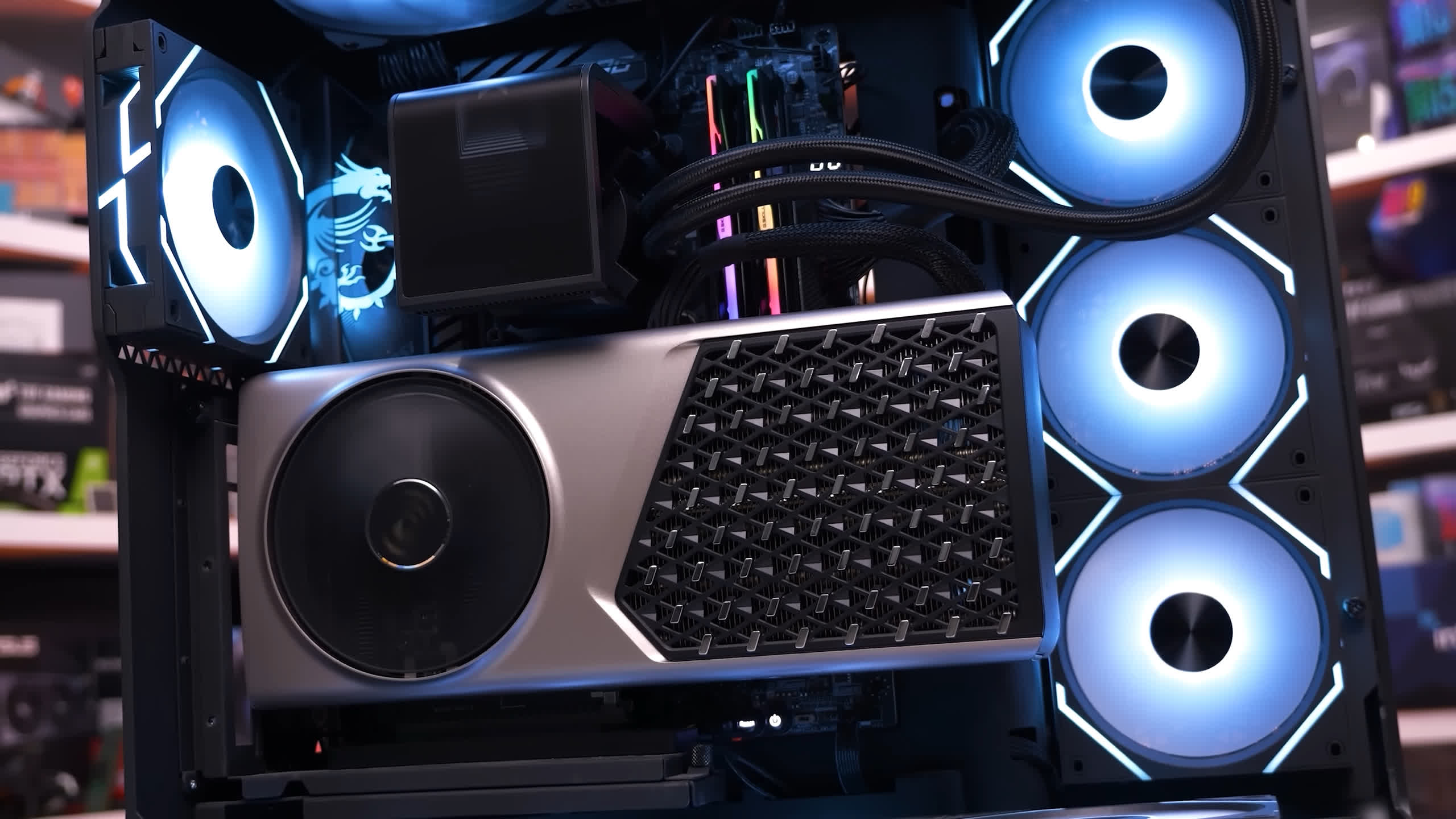


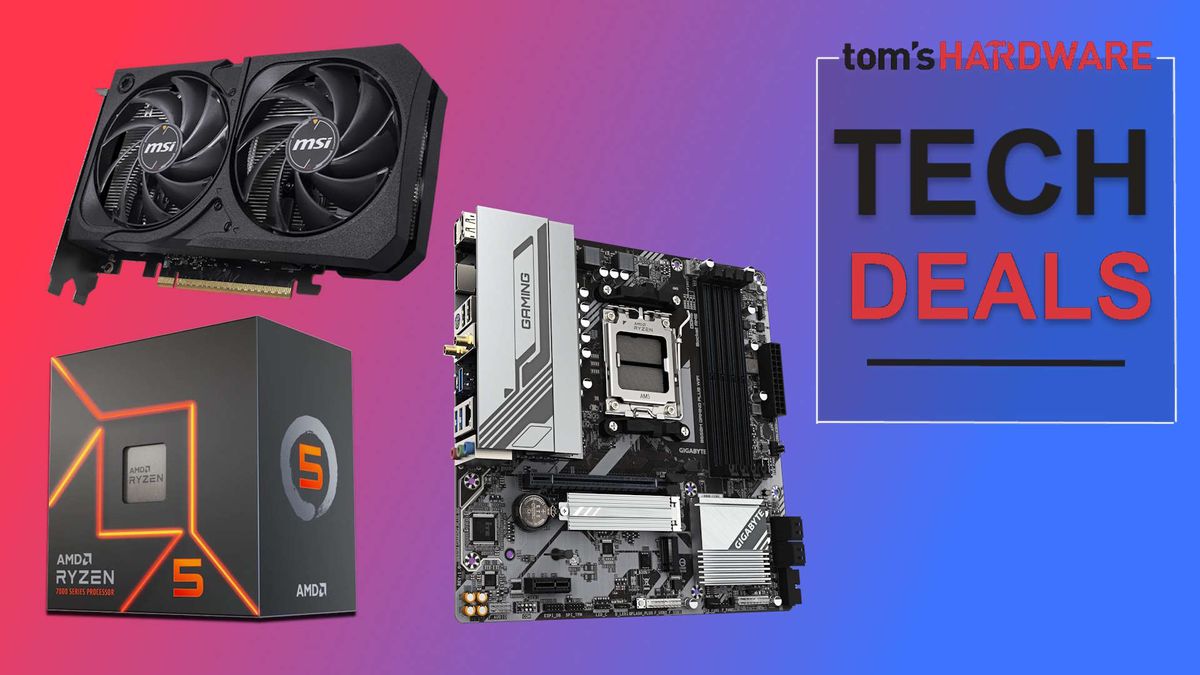

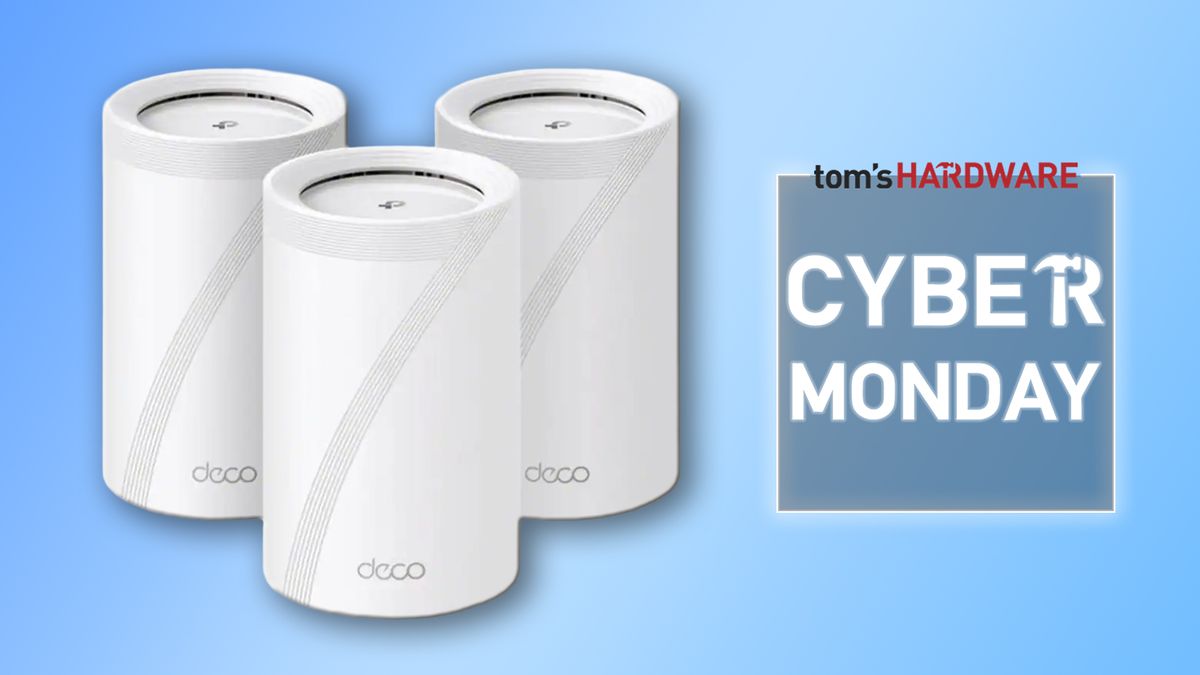
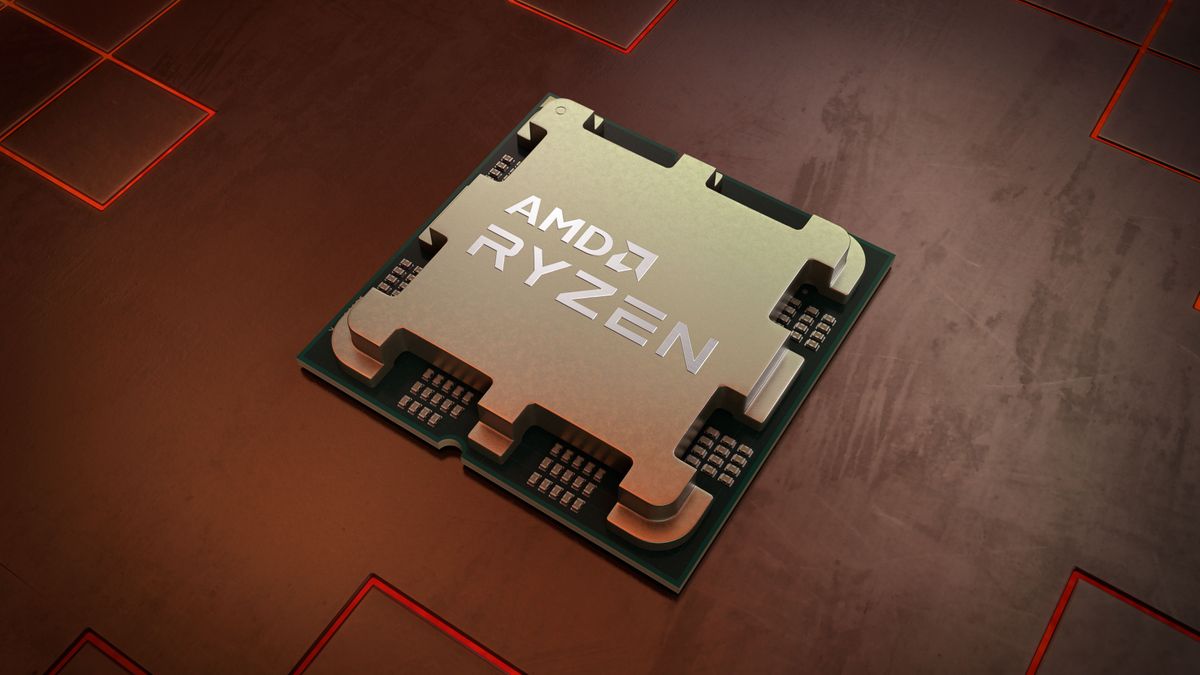
 English (US) ·
English (US) ·